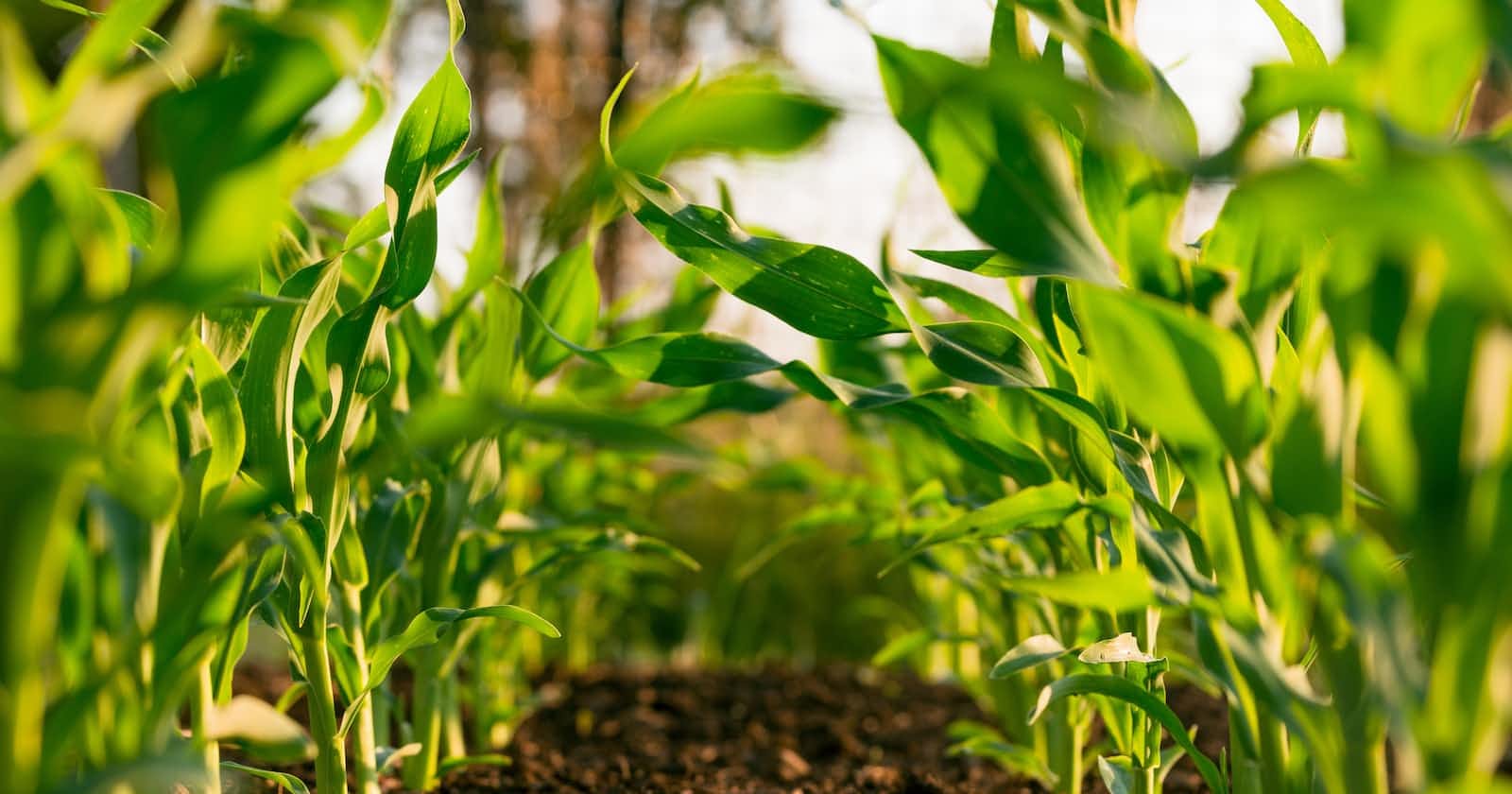
Photo by Steven Weeks on Unsplash
Revolutionizing Agriculture: Plant Species & Diseases Detection using ML
Introduction
Agriculture has always been a cornerstone of human civilization. With the world's growing population, the demand for food is increasing at an unprecedented rate. To meet this demand while preserving our environment, it's crucial to optimize agricultural practices. Machine Learning (ML) is emerging as a powerful tool to revolutionize agriculture by aiding in the detection of plant species and diseases. In this blog, we'll explore how ML is transforming the agricultural landscape.
The Challenge
Traditional methods of plant species identification and disease detection often rely on manual labor and visual inspection. These methods are time-consuming, labor-intensive, and prone to errors. As a result, they can lead to delayed interventions and the spread of diseases, ultimately affecting crop yields and food security.
Machine Learning in Agriculture
Machine Learning, a subset of artificial intelligence, has the potential to revolutionize agriculture in various ways:
Plant Species Identification:
ML models can analyze leaf patterns, shapes, and textures to classify plants accurately.
Neural networks can process large datasets of plant images and learn to distinguish between various species.
Mobile apps with ML capabilities can enable farmers to identify plants instantly by capturing a photo.
Disease Detection:
ML algorithms can identify diseases by analyzing images of affected plant parts, such as leaves, stems, or fruits.
These algorithms can detect subtle changes in plant appearance, which might be imperceptible to the human eye.
Early disease detection allows for timely intervention, reducing crop losses.
Precision Agriculture:
ML can optimize irrigation, fertilization, and pesticide use by providing real-time data on plant health.
Drones equipped with ML-powered cameras can monitor large agricultural fields and provide insights on crop health.
Predictive Analytics:
Machine Learning models can analyze historical weather data and predict disease outbreaks, helping farmers take preventative measures.
Challenges and Future Directions
While ML holds great promise for agriculture, there are challenges to overcome:
Data Quality: ML models require high-quality data for training and validation. Gathering large and diverse datasets can be challenging in agriculture.
Accessibility: Many farmers in remote areas may not have access to the necessary technology and resources to implement ML solutions.
Interpretability: ML models are often considered "black boxes," making it challenging to understand their decision-making processes.
In the future, researchers and developers are working on addressing these challenges by developing more user-friendly tools, improving data collection methods, and enhancing model interpretability.
Conclusion
Machine Learning is transforming agriculture by enabling accurate plant species identification and disease detection.
- These advancements are helping farmers make informed decisions, reduce crop losses, and optimize resource usage. As technology continues to evolve, the potential for ML in agriculture is limitless. It has the power to improve food security, reduce environmental impacts, and pave the way for a more sustainable future in farming.


